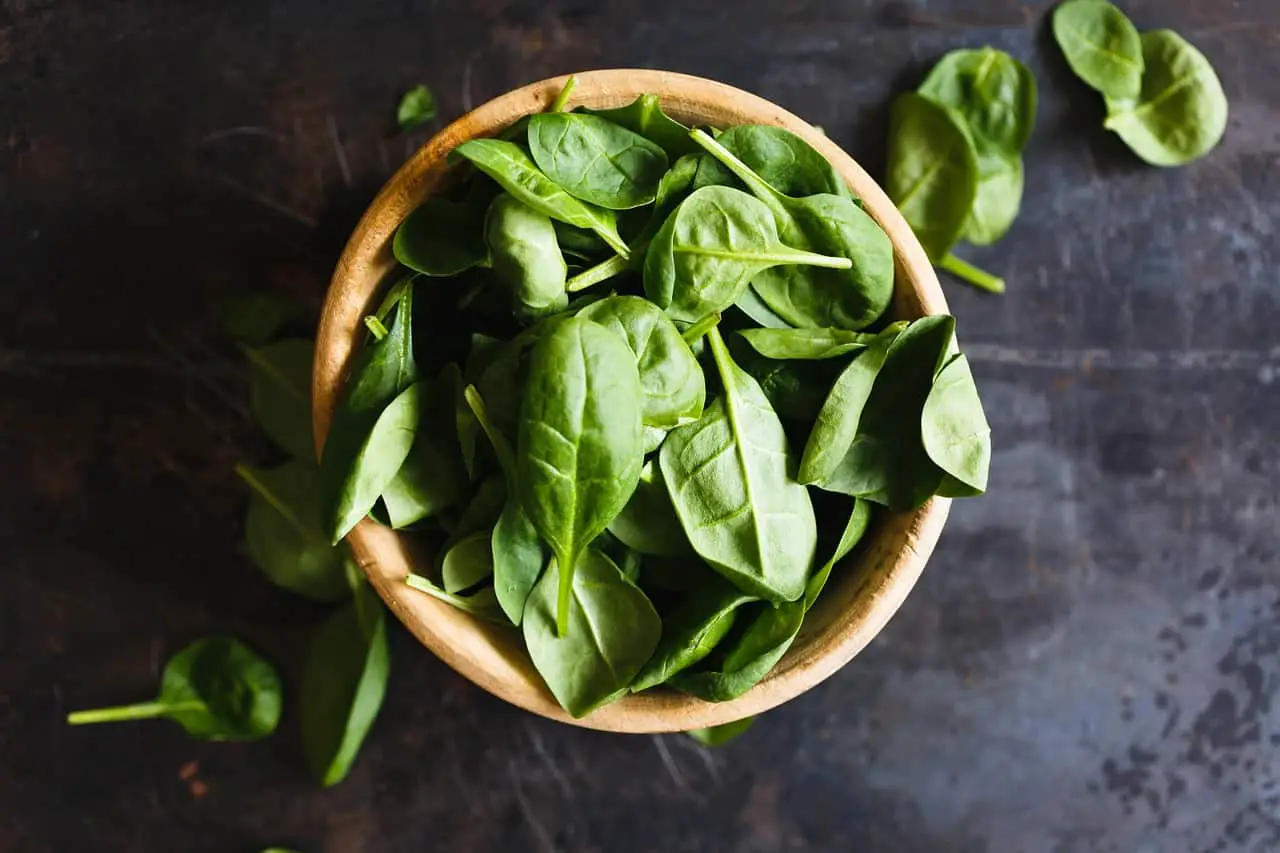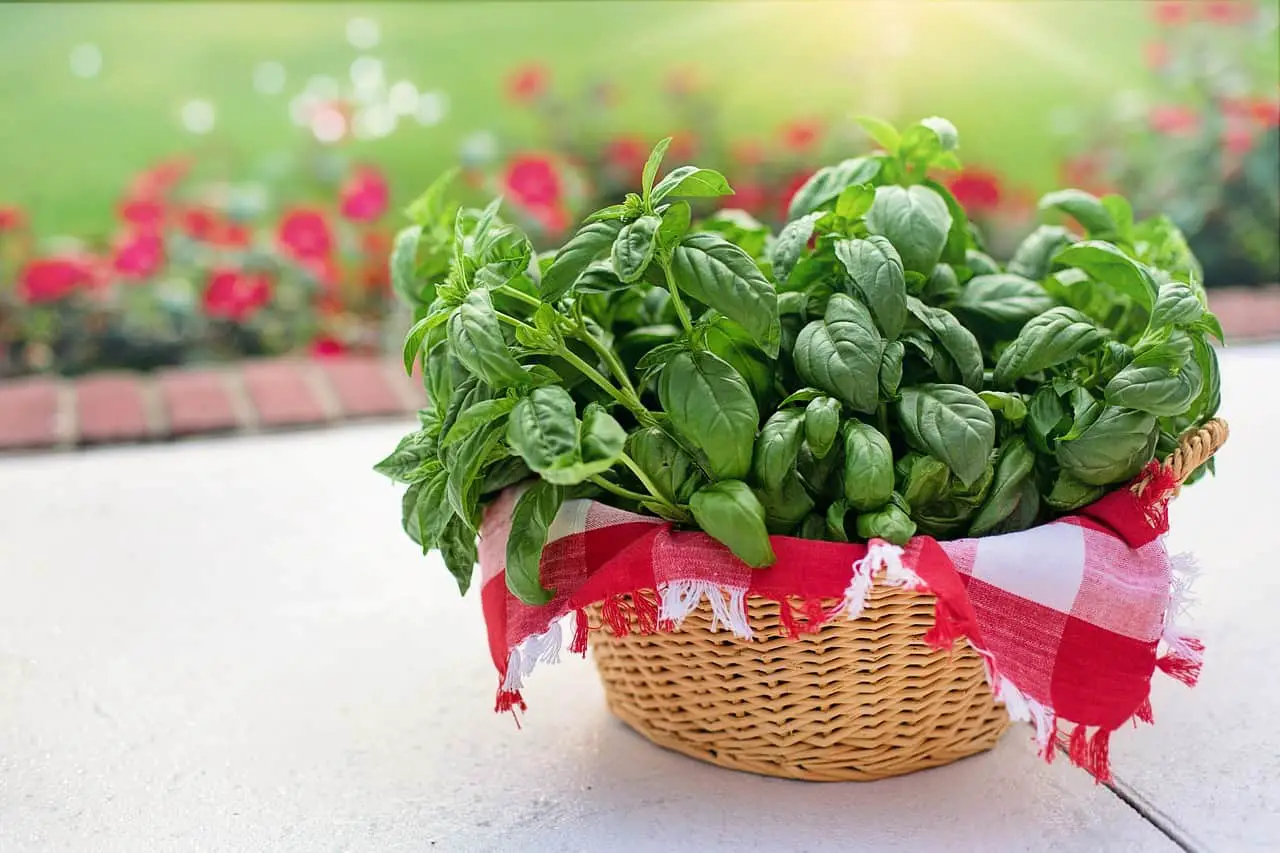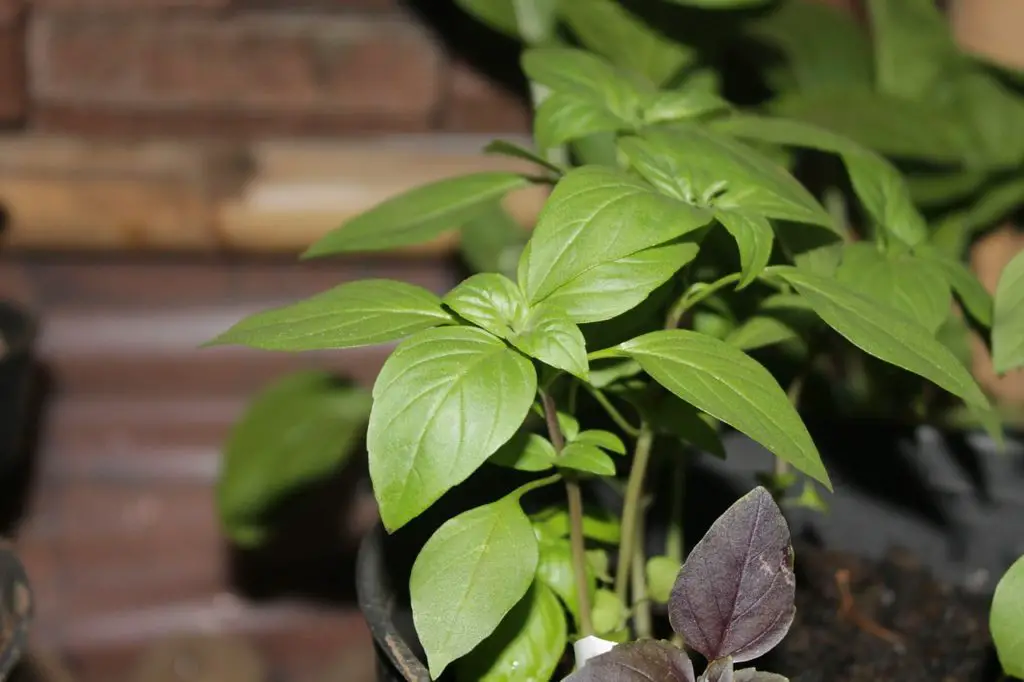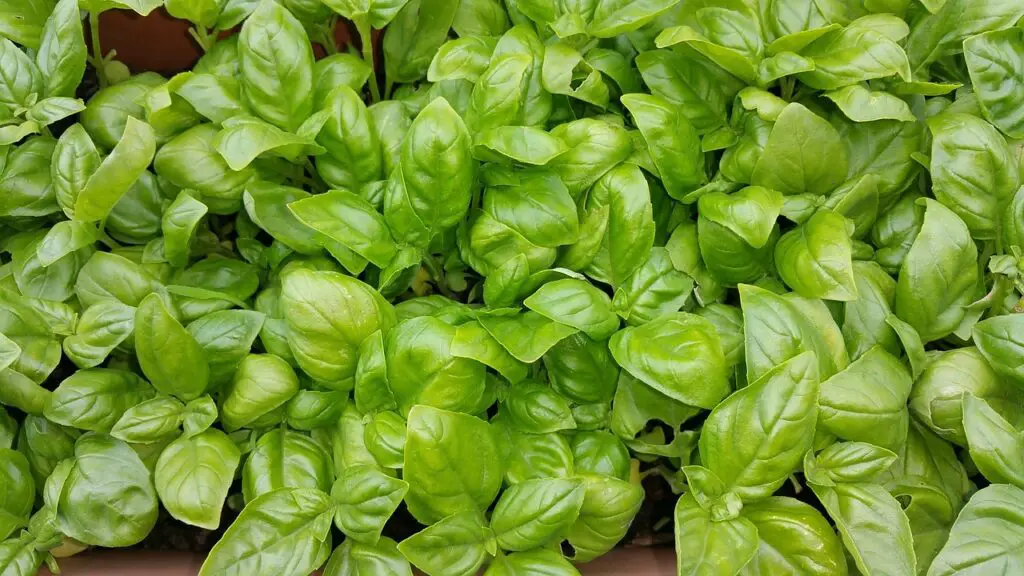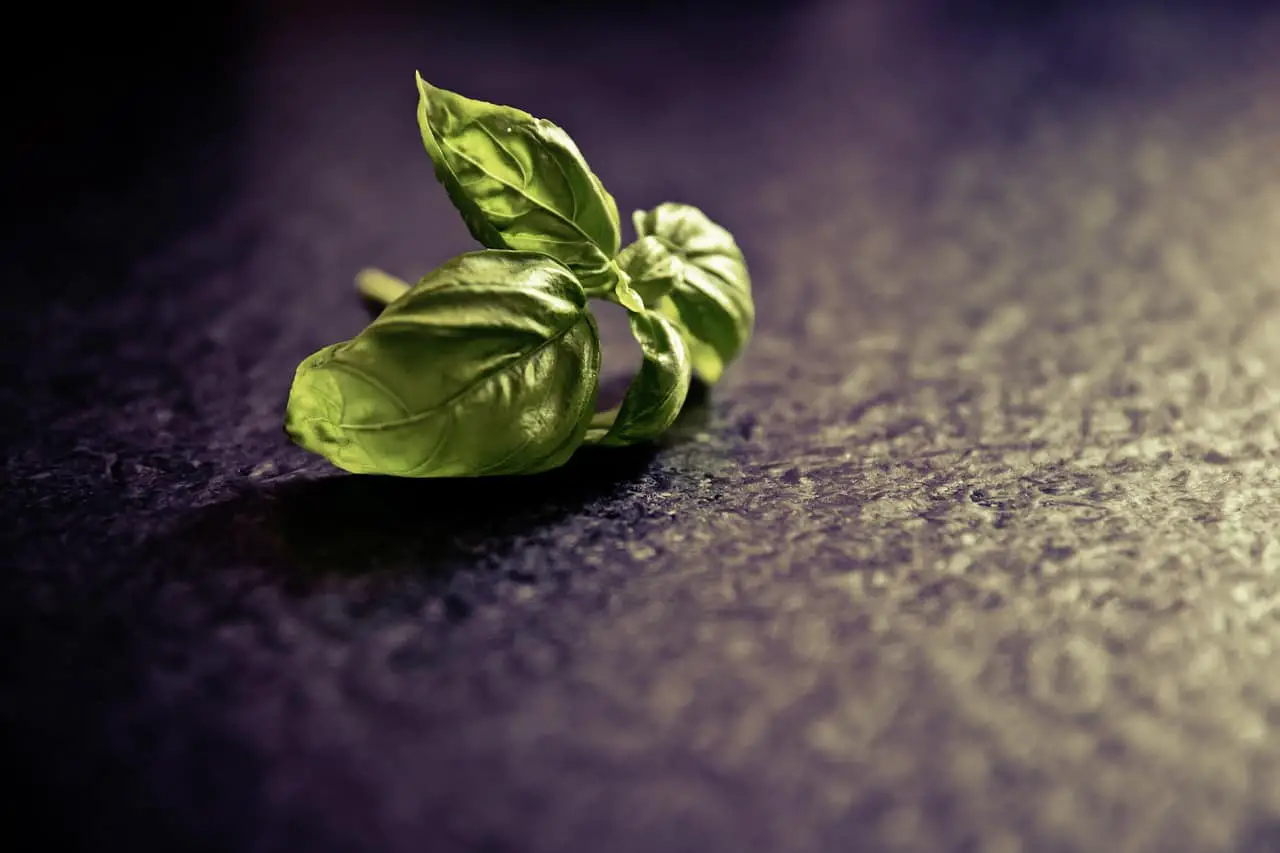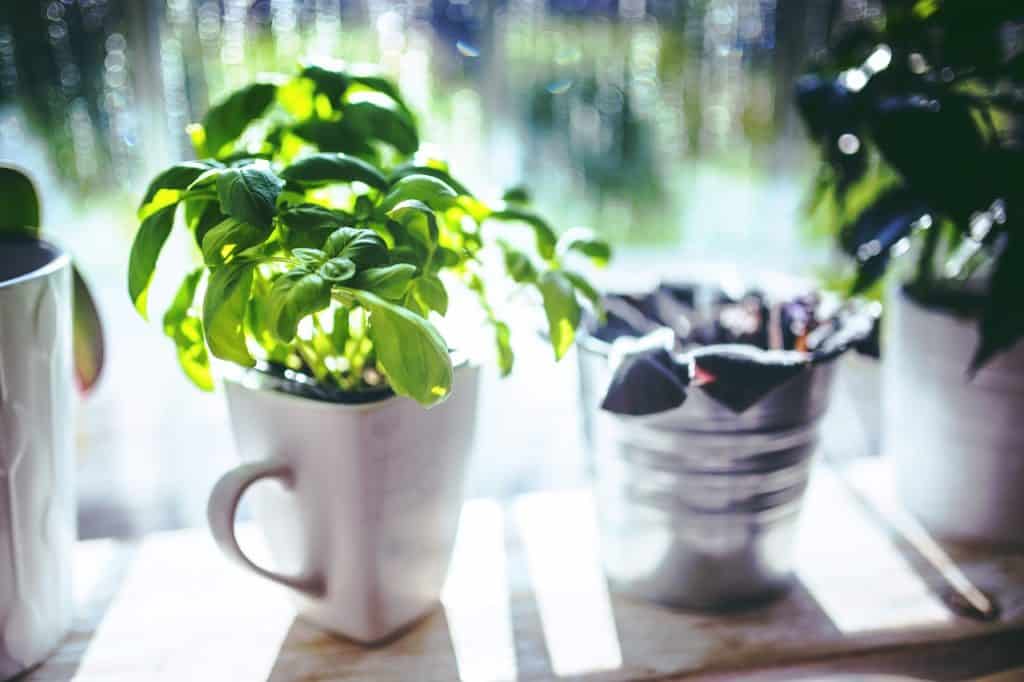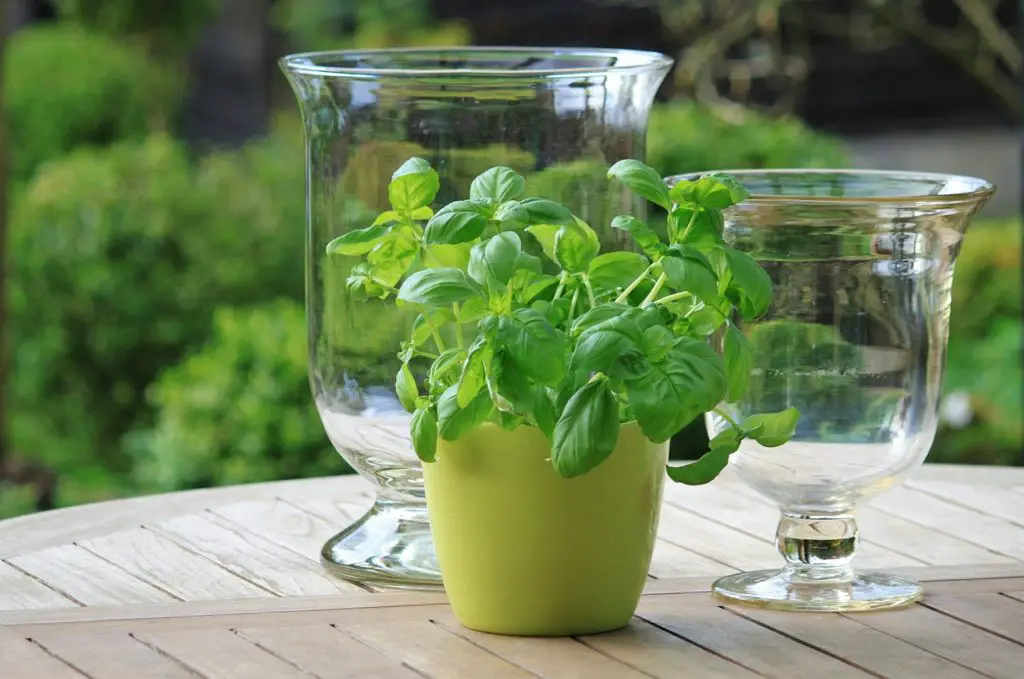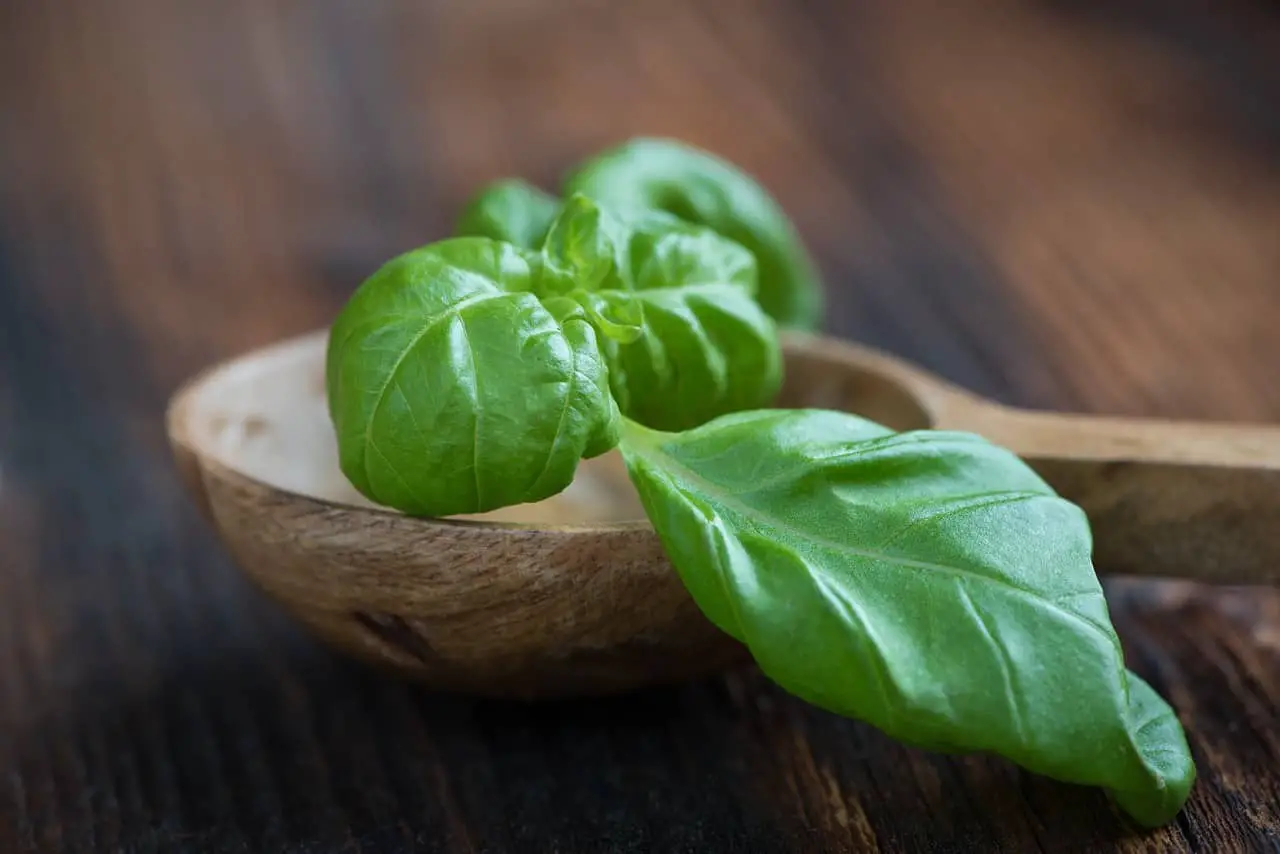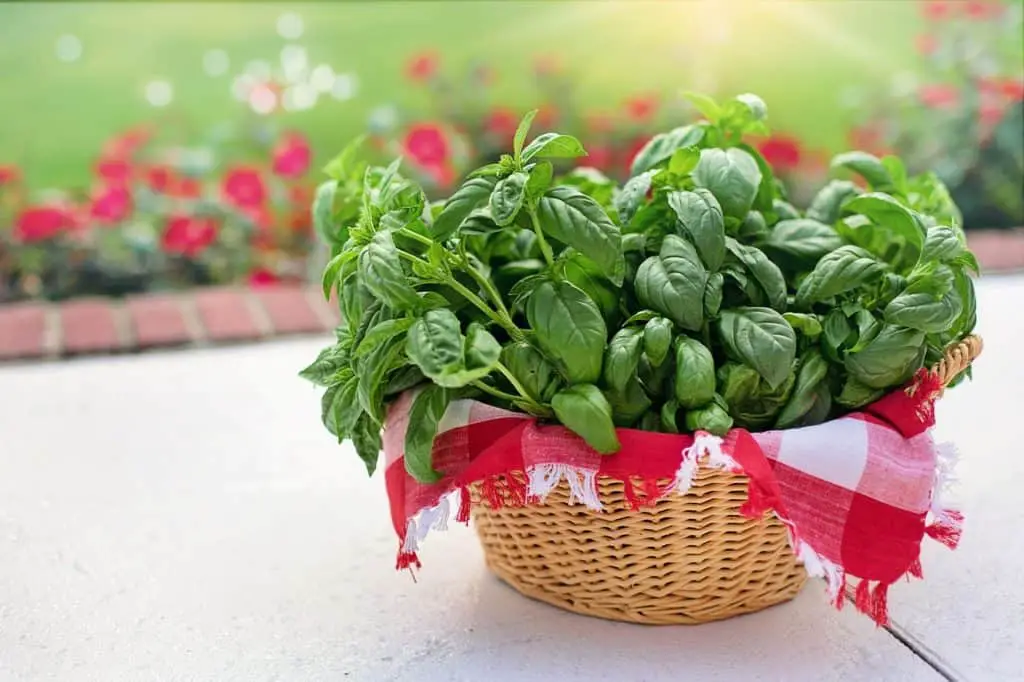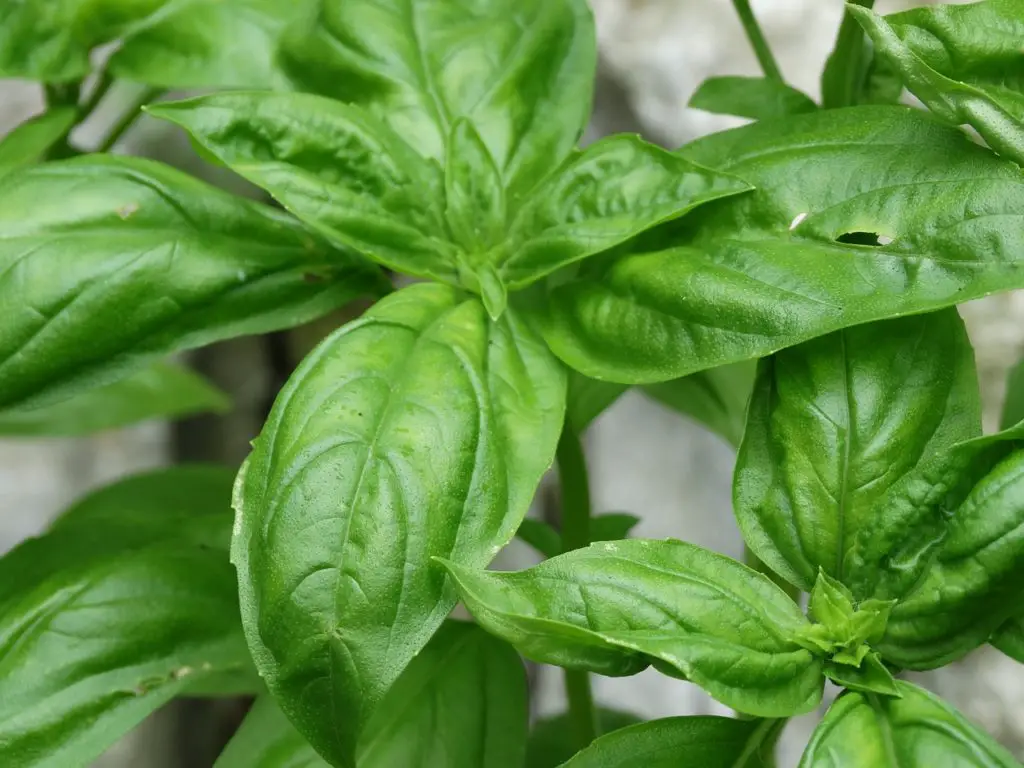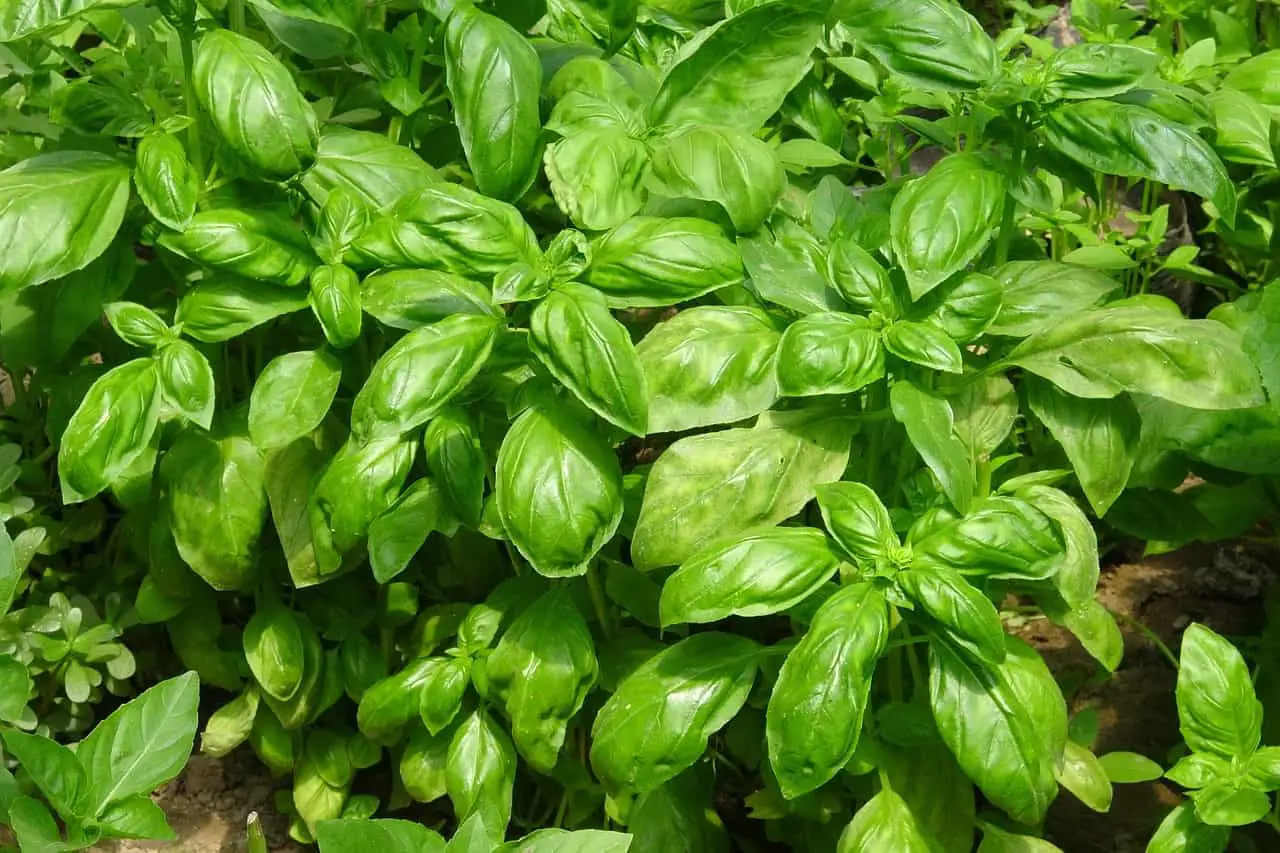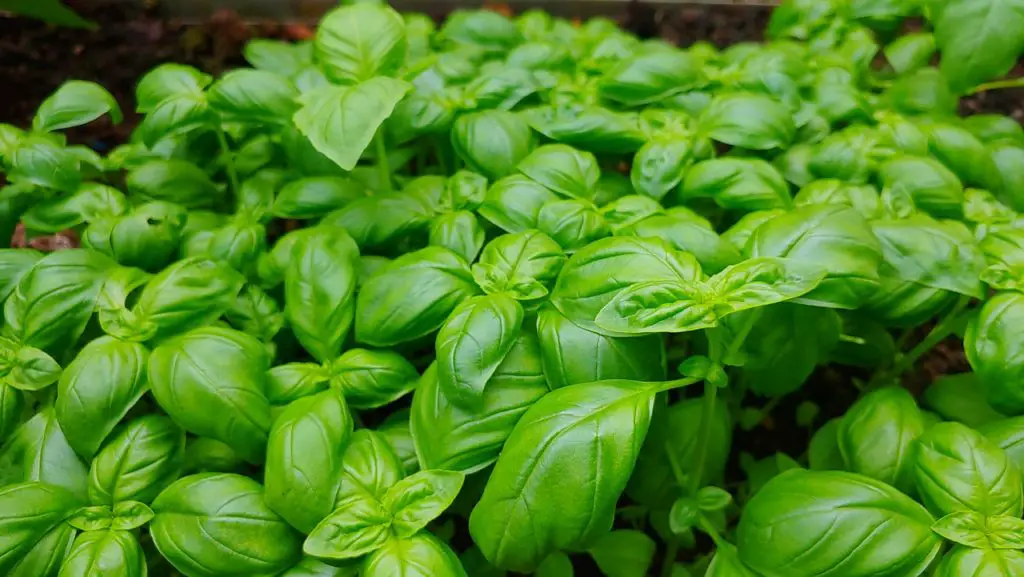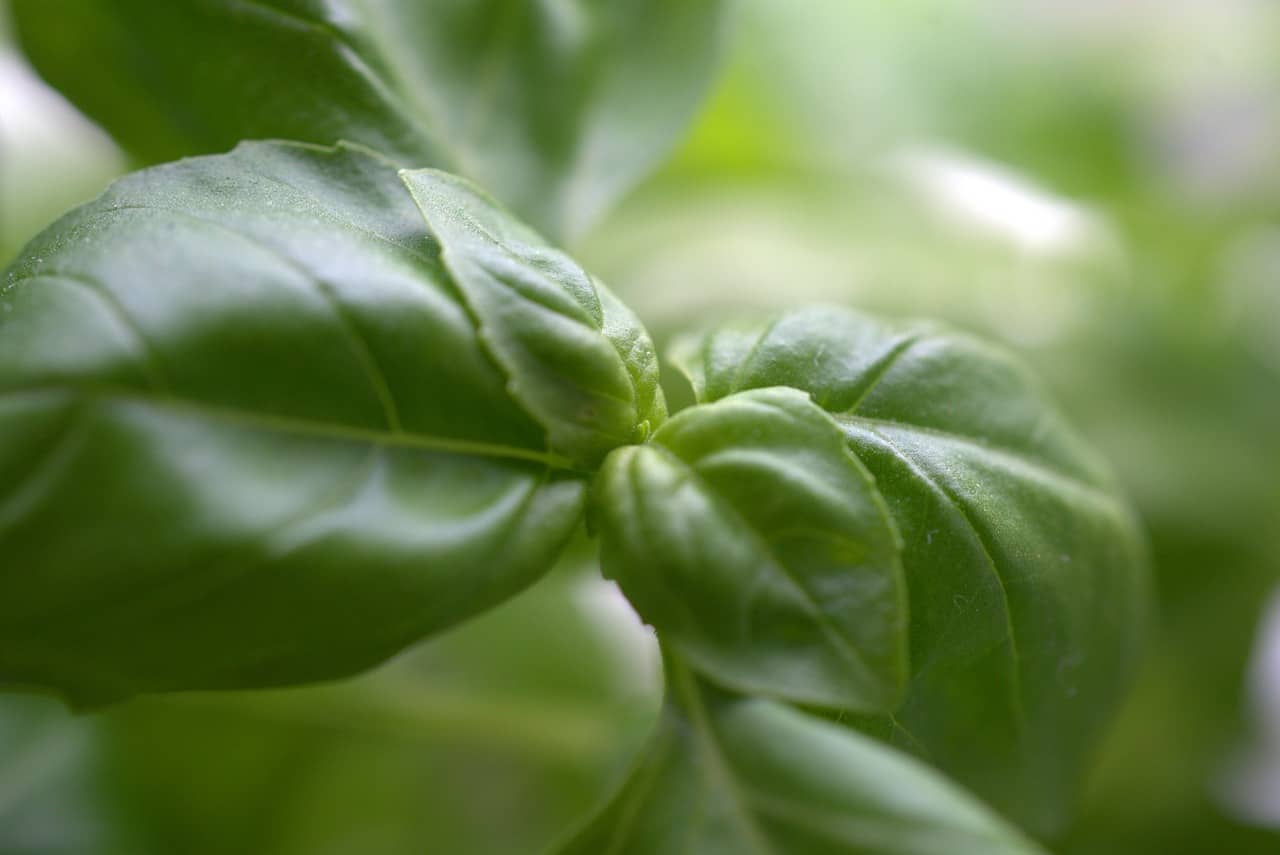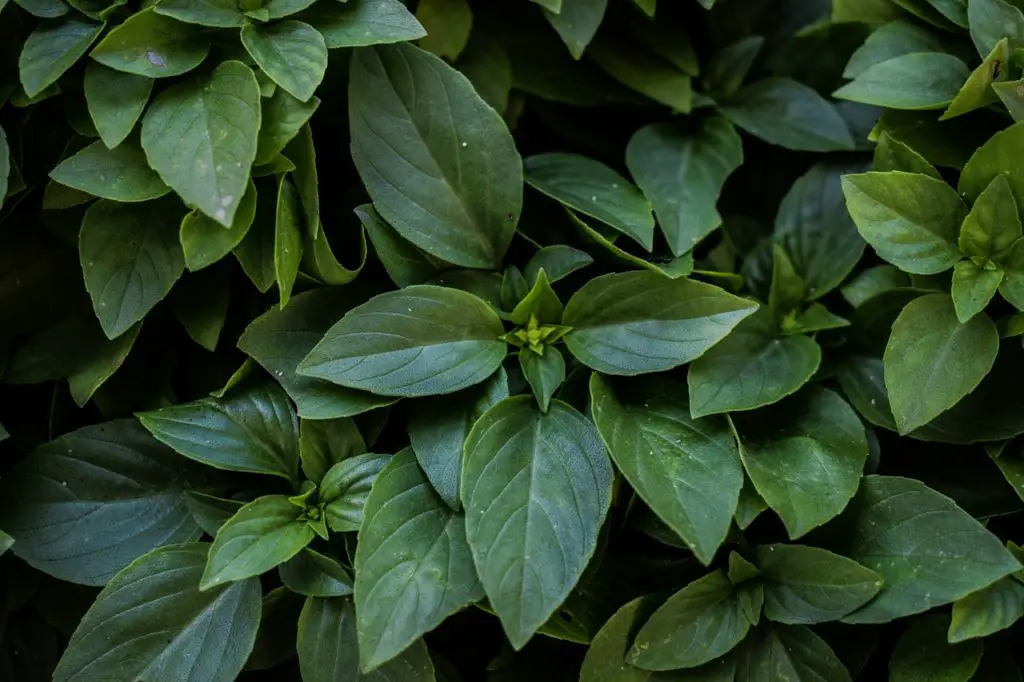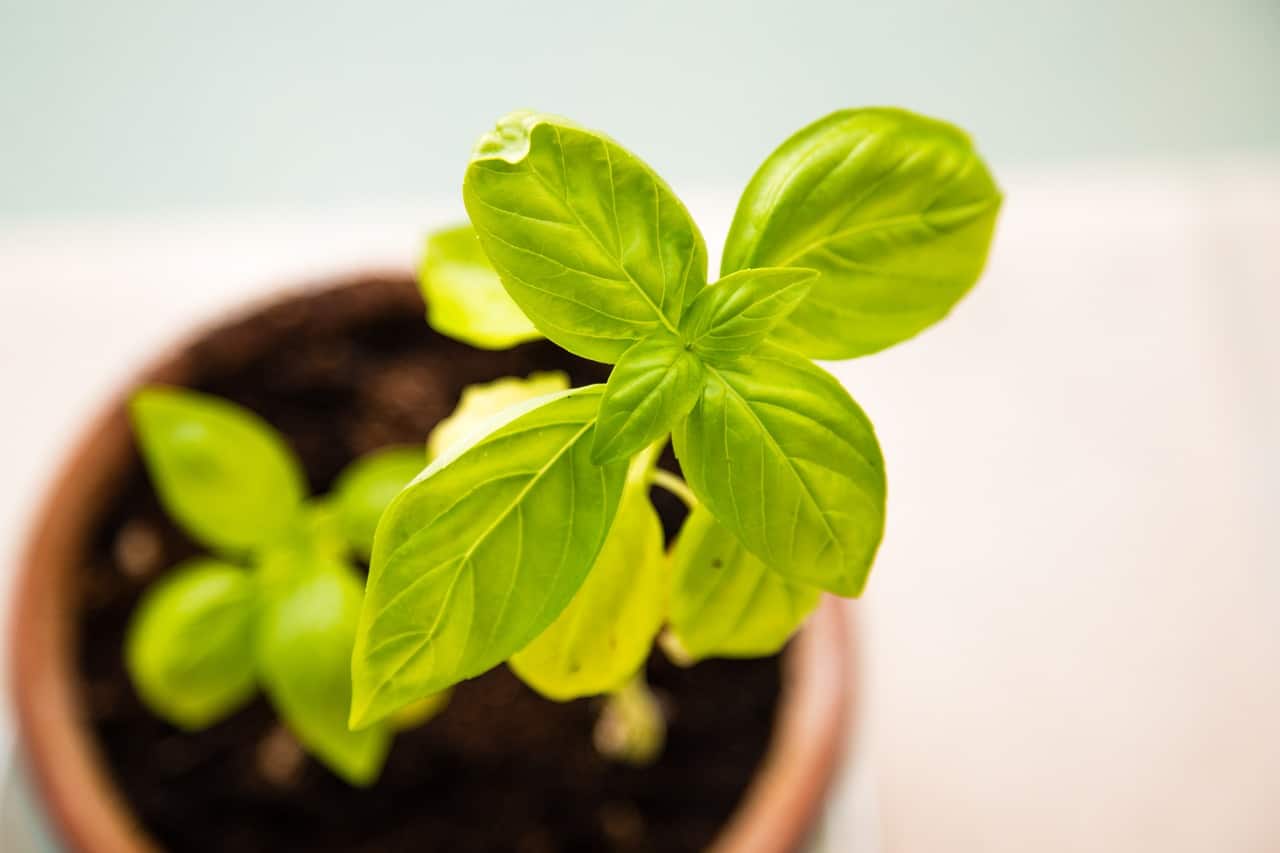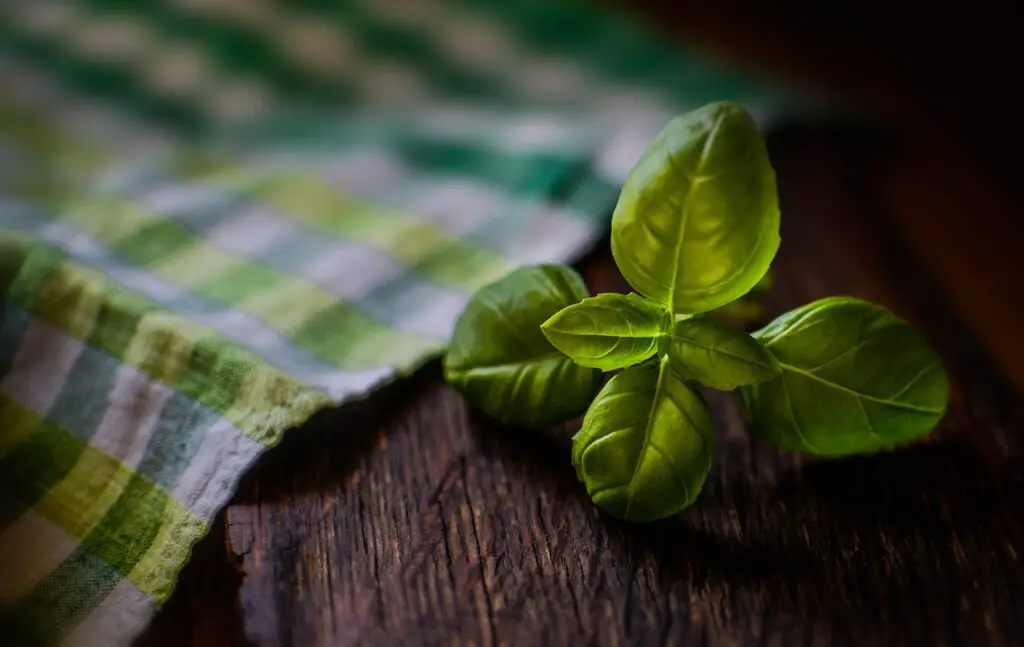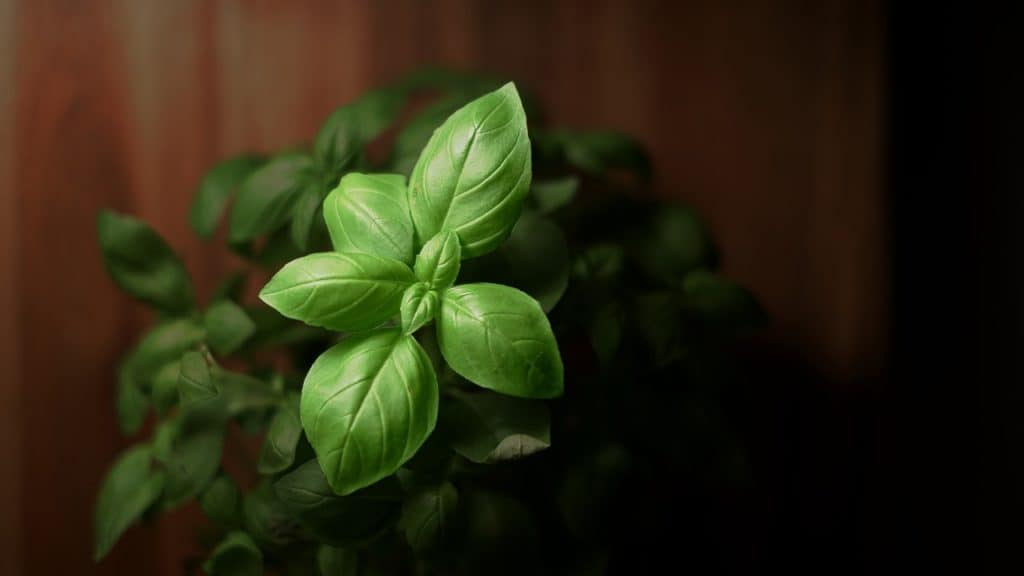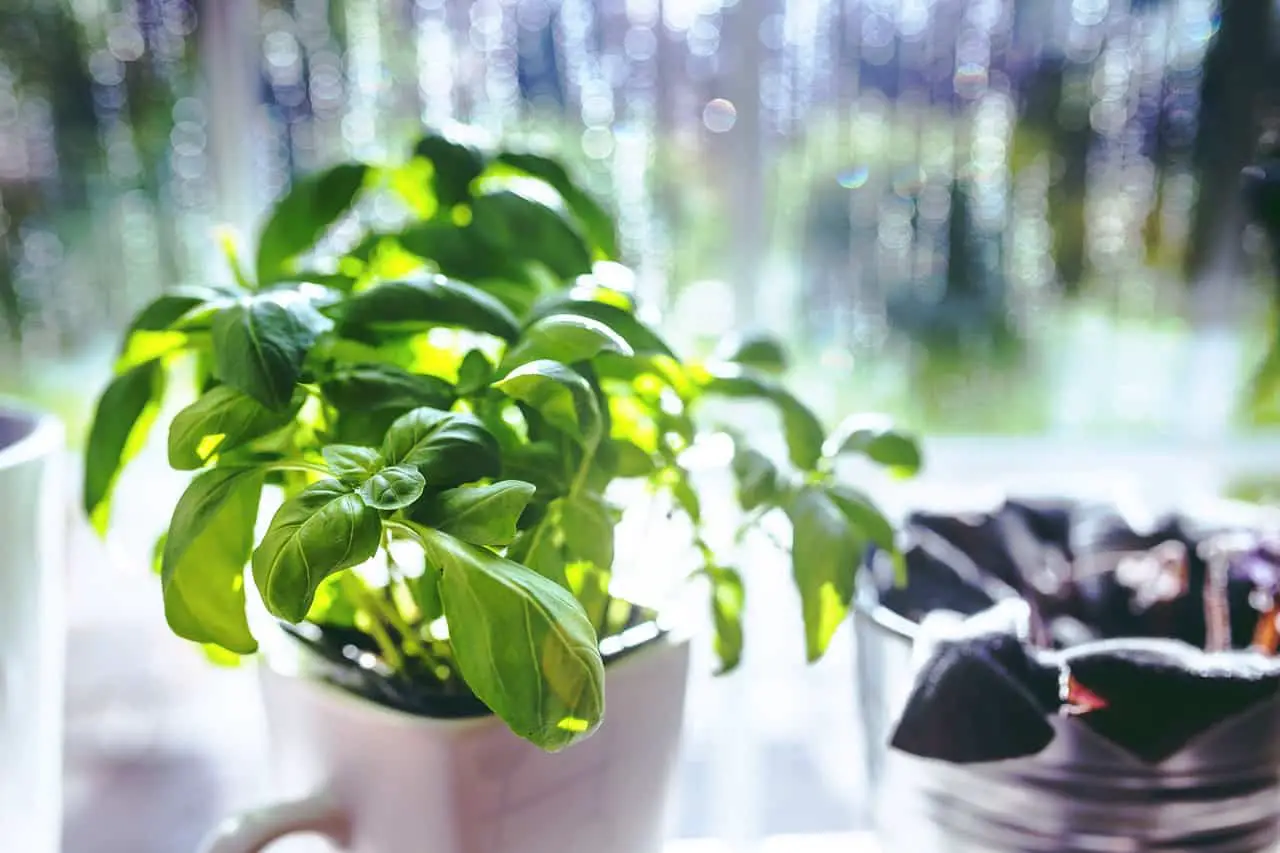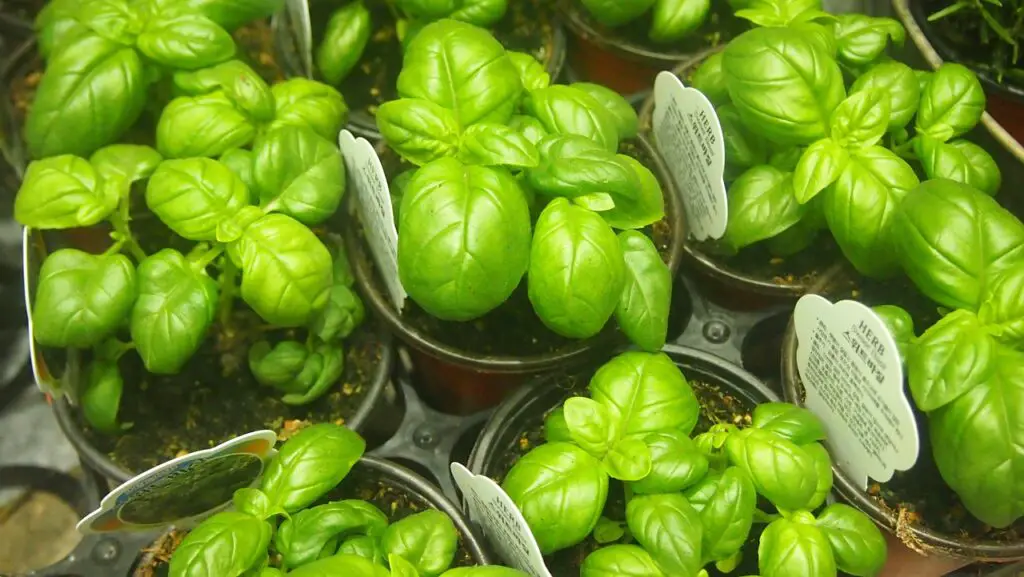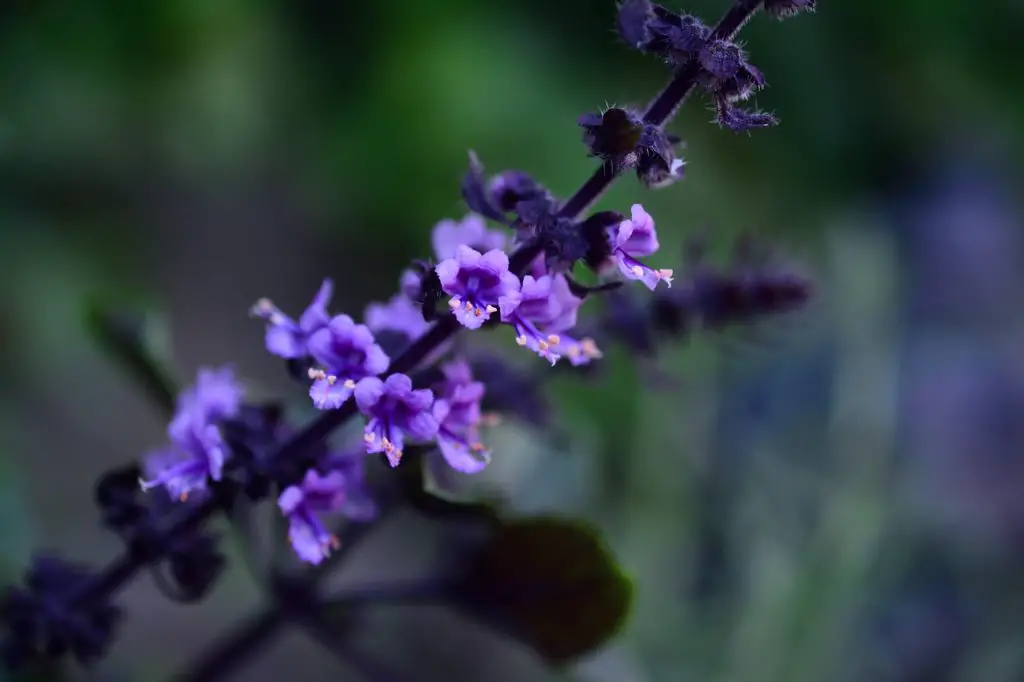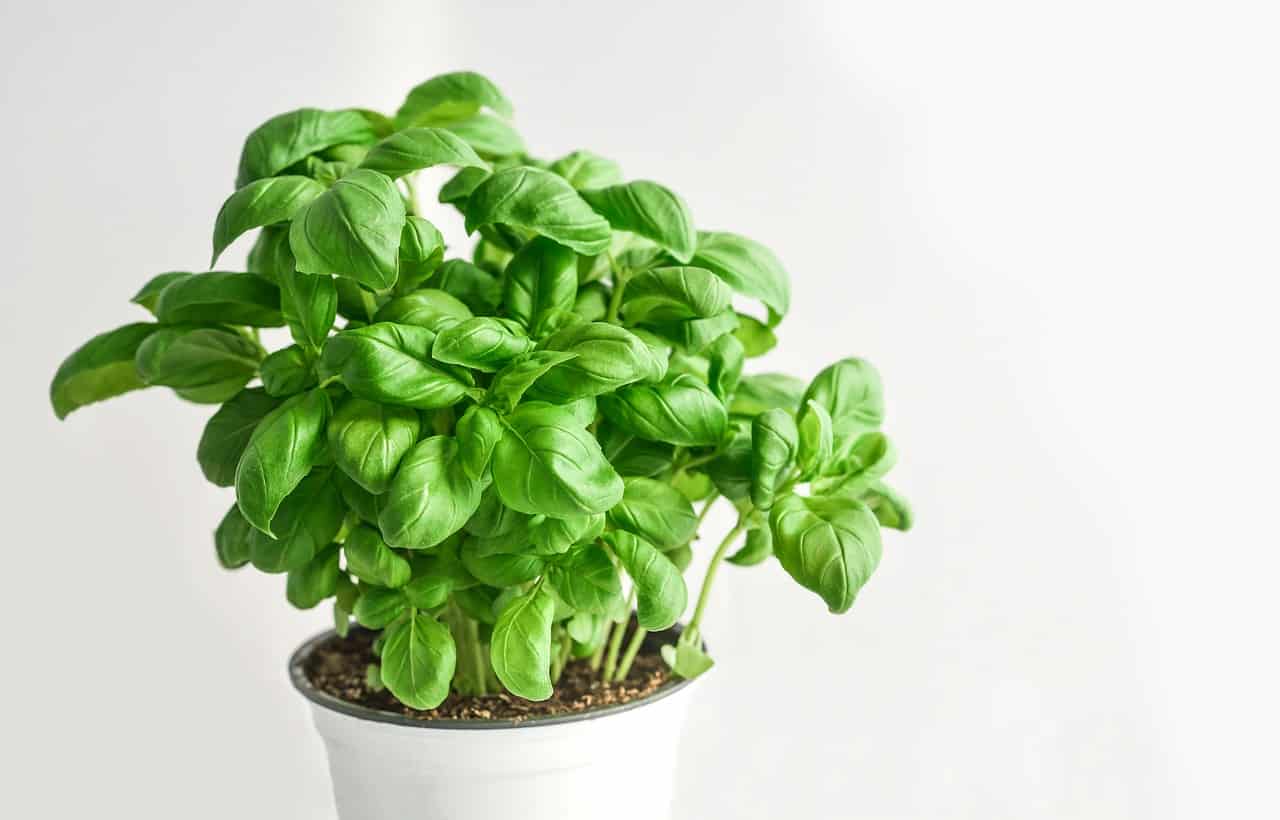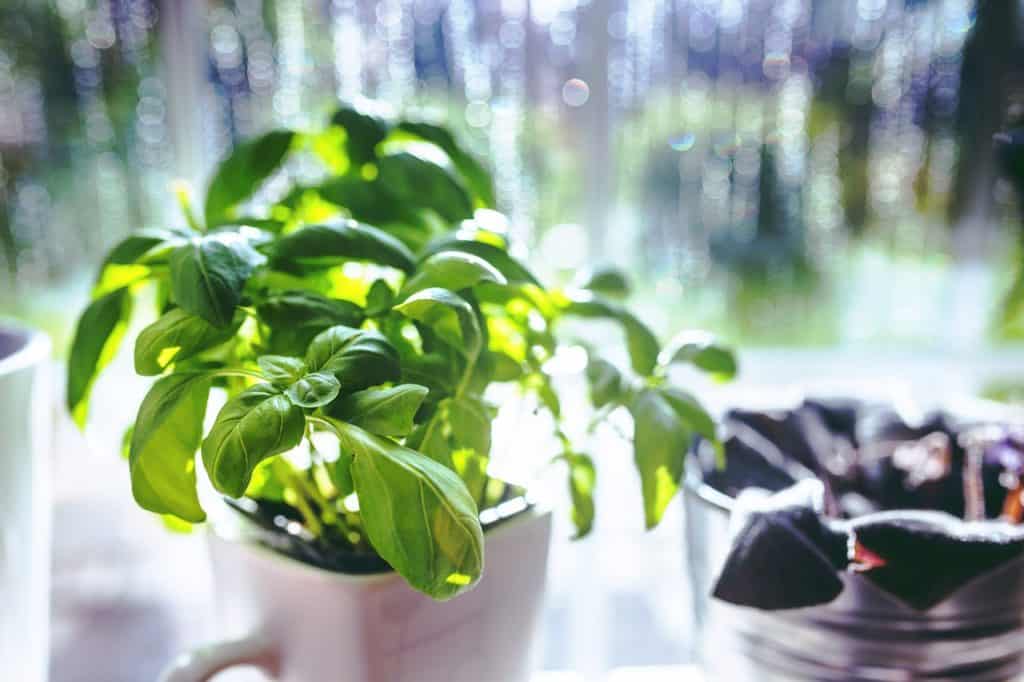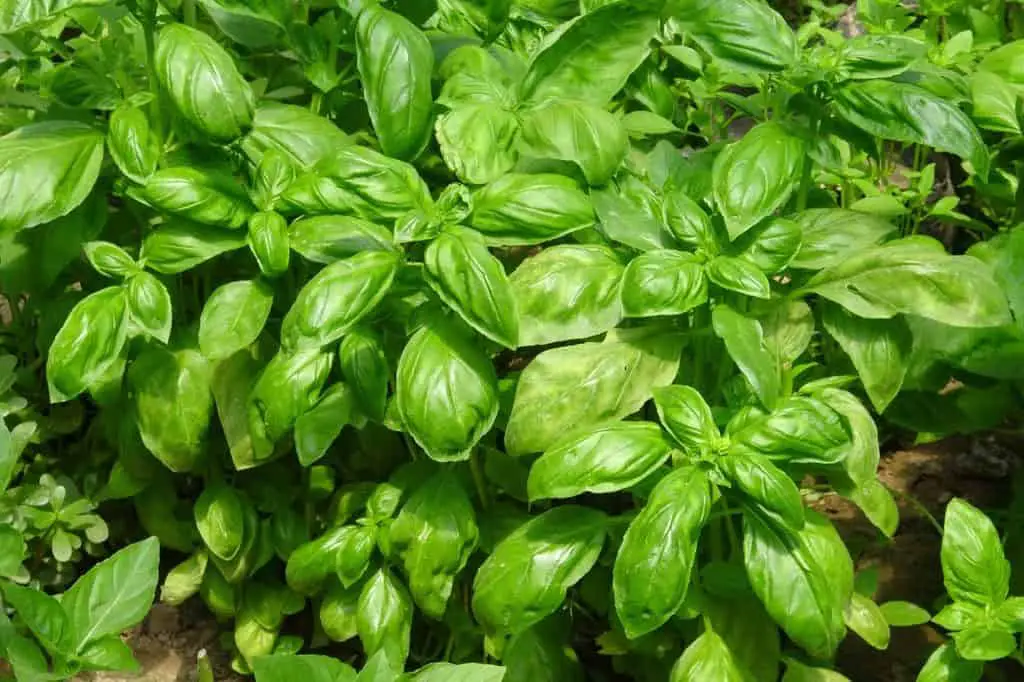
Basil is a versatile herb that can be used in many recipes and is easy to grow, making it a favorite among gardeners. If you love using basil in your cooking, you may want to multiply your plants to ensure a continuous supply. There are a few methods you can use to multiply basil, including stem cuttings, water propagation, and seed germination.
How Do You Multiply Basil?
- Stem cuttings: To propagate basil using stem cuttings, take a cutting from the plant that is about 4-6 inches long, just below a node. Remove the lower leaves and place the cutting in a container filled with water. Change the water every few days and keep the container in a bright, warm location. In about 2-3 weeks, roots should start to grow, and once they are about an inch long, the cutting can be transplanted into soil.
- Seed germination: You can also multiply basil by growing it from seed. Start by filling a container with soil and pressing the seeds into the soil. Cover with a thin layer of soil and water gently. Keep the container in a warm, sunny location and water regularly. In about 5-7 days, the seeds should start to sprout, and once they have grown their first true leaves, they can be transplanted into larger containers or directly into the ground.
- Water propagation: Another way to multiply basil is by using water propagation. Take a cutting as described in the stem cutting method and place it in a container filled with water. Change the water every few days and keep the container in a bright, warm location. Once roots have grown, the cutting can be transplanted into soil.
How To Make More Basil Plants?
One way to make more basil plants is by taking stem cuttings. Choose healthy stems that are about 4-6 inches long and cut them from the parent plant with a sharp and sterile pair of scissors or garden knife. Cut the stems just below a node where a leaf attaches to the stem. Remove the leaves from the lower half of the stem, leaving only a few leaves on the upper part. Dip the cut end of the stem into rooting hormone powder or liquid to encourage root growth. Then, plant the stem into a pot filled with moist potting soil or into a jar filled with water.
If planting in soil, keep the soil consistently moist and place the pot in a bright, warm spot with indirect sunlight. If planting in water, change the water frequently and place the jar in a bright, warm spot with indirect sunlight. Within a few weeks, the stem will start growing roots and once they are well established, it will start growing new leaves. You can transplant the new basil plant to a larger container or into your garden bed once it has developed a good root system and several sets of leaves.
Does Basil Multiply On Its Own?
Basil is an annual herb, which means it completes its life cycle within a year. As such, basil does not multiply on its own like some perennials or shrubs. Once the basil plant has completed its growth cycle, it will produce seeds, which can be used to grow new plants. However, there are some ways to encourage the basil to continue growing throughout the season, which can give the appearance of multiplying. One way is to pinch back the basil leaves and stems regularly, which can stimulate new growth and bushier plants. This process is known as pruning and can help keep the plant healthy and productive.
While basil may not multiply on its own, it can be propagated by taking stem cuttings and rooting them in water or soil. This method can be used to create new plants from an existing basil plant, effectively multiplying the number of plants you have. However, it’s important to note that propagating basil through stem cuttings can take some time, and not all cuttings will successfully root.
Growing Basil In Water
Basil is a versatile herb that can be grown in many ways, including in water. Growing basil in water is a great option if you don’t have access to outdoor space or want to enjoy fresh basil all year round. Here are some tips on how to grow basil in water:
- Choose a healthy basil stem: Select a stem that is at least 4 inches long and has several leaves.
- Cut the stem: Cut the stem just below a node, which is where the leaves meet the stem.
- Remove the lower leaves: Remove the leaves from the bottom of the stem, leaving only two or three at the top.
- Place the stem in water: Fill a glass or jar with fresh water and place the stem in the water, making sure the bottom of the stem is submerged.
- Change the water regularly: Change the water every few days to keep it fresh and prevent the growth of bacteria.
- Place the jar in a sunny location: Basil thrives in warm, sunny locations, so place the jar in a spot that gets plenty of sunlight.
- Wait for roots to grow: After a few days, you should see roots starting to grow from the bottom of the stem.
- Transplant the basil: Once the roots are at least an inch long, you can transplant the basil into soil or continue to grow it in water.
Growing basil in water is a simple and easy way to enjoy fresh basil all year round. It also makes a great indoor gardening project for kids and adults alike.
How Do You Get A Continuous Supply Of Basil?
To get a continuous supply of basil, it is recommended to regularly harvest the plant to encourage new growth and prevent it from going to seed. You can also propagate the plant using stem cuttings, water propagation, or seed germination to create new plants. With proper care and attention, you can have a continuous supply of fresh basil throughout the growing season.
Using Up Your Basil Plant
Dry Basil Leaves In The Oven
To dry basil leaves, harvest the leaves when the plant is mature, rinse them under cold water, and pat them dry. Spread the leaves out on a baking sheet and place them in a warm, dry location until they are completely dry and crispy. Store in an airtight container in a cool, dry location.
How To Harvest Basil Seeds
Basil seeds can be purchased at garden centers or online, or you can save seeds from an existing plant. To save seeds, wait until the plant has flowered and the flowers have turned brown. Harvest the flowers and let them dry in a warm, dry location. Once the flowers are completely dry, gently crush them to release the seeds and store them in a cool, dry location.
